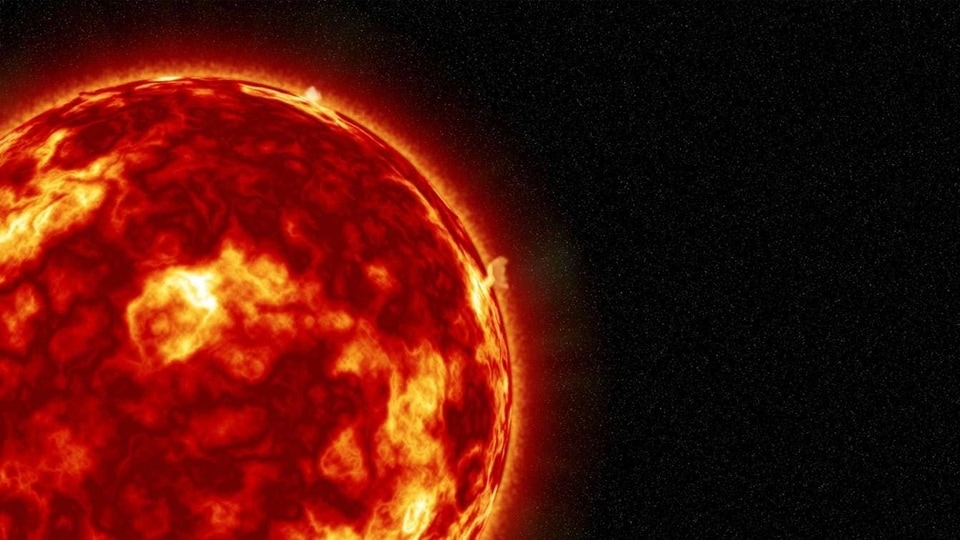Death of the Sun! Know horrific way our Sun will die
How and when will the Sun die? Horrific answer revealed.






 View all Images
View all ImagesThe key source of light and life on Earth is the Sun. However, if you compare it to others out there in space, our Sun is just an ordinary star. In fact, it is quite a small star. And there are about 100 billion stars and that too just in our galaxy, the Milky Way. And just like every other star, the 4.5 billion year old Sun has its expiry date too! But when will the Sun die? And how will it look after its demise? The latest report by ScienceAlert has revealed some shocking predictions about what the final days of our Sun and the solar system will be like.
It has been assumed that the Sun, after its death, would turn into a planetary nebula, which is a glowing bubble of gas and cosmic dust. In 2018, an international team of astronomers found that a planetary nebula is more like a solar corpse.
From the observations based on other stars, it is predicted that the Sun will die in another 10 billion years.
During this period, the Sun will go through several phases. “In about 5 billion years, the Sun is due to turn into a red giant. The core of the star will shrink, but its outer layers will expand out to the orbit of Mars, engulfing our planet in the process. If it's even still there,” ScienceAlert report mentioned.
But humans may not even be alive by then! Shockingly, the study suggests that humanity only has around 1 billion years on Earth because the Sun is growing in its brightness every billion years by about 10 percent. That rate of increase has the potential to end all life on Earth. Sun, which drives weather, ocean currents, seasons, and climate, and makes plant life possible through photosynthesis will burn down everything! Oceans will start evaporating, while the surface will become too hot.
"When a star dies it ejects a mass of gas and dust – known as its envelope – into space. The envelope can be as much as half the star's mass. This reveals the star's core, which by this point in the star's life is running out of fuel, eventually turning off and before finally dying. It is only then the hot core makes the ejected envelope shine brightly for around 10,000 years - a brief period in astronomy. This is what makes the planetary nebula visible," one of the authors of the study, Albert Zijlstra explained.
Catch all the Latest Tech News, Mobile News, Laptop News, Gaming news, Wearables News , How To News, also keep up with us on Whatsapp channel,Twitter, Facebook, Google News, and Instagram. For our latest videos, subscribe to our YouTube channel.































